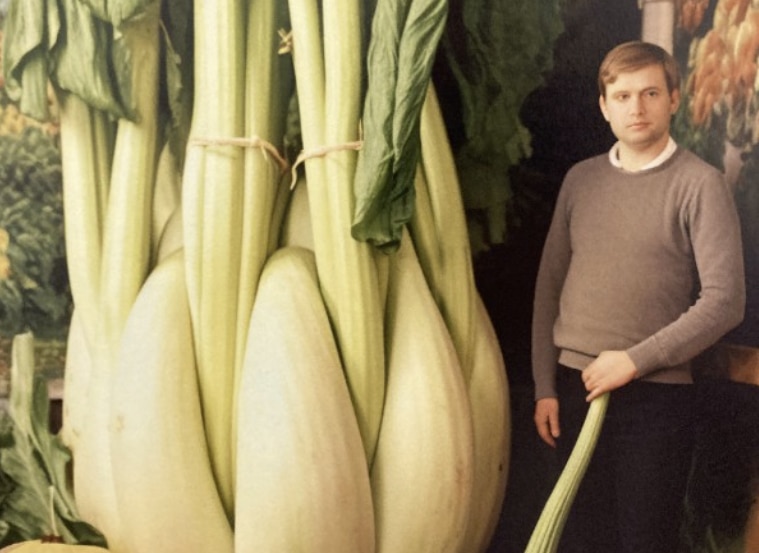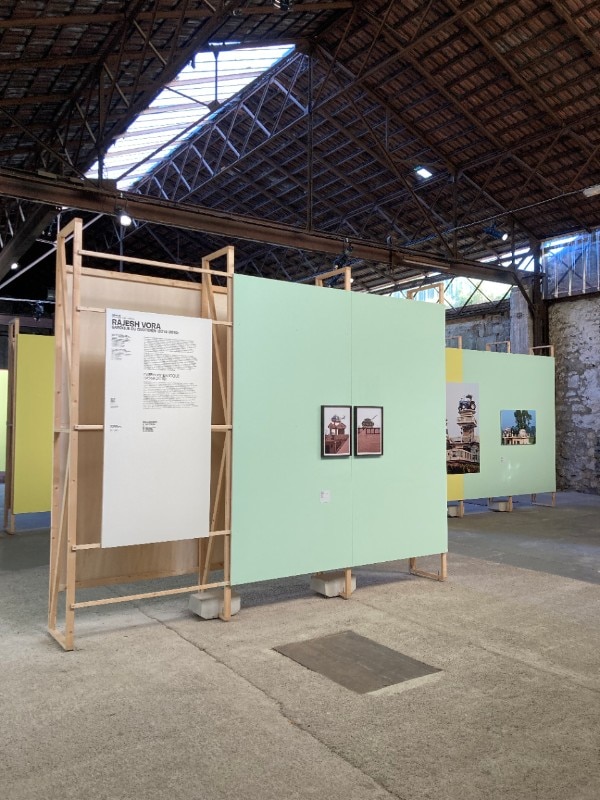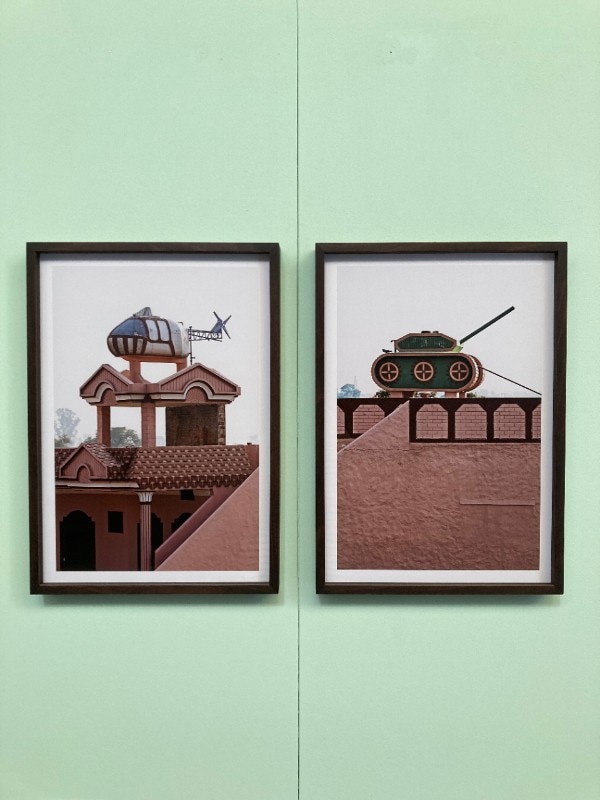When one thinks of Arles, the first thought goes to Vincent van Gogh. The second is of his famous painting “L'Arlésienne”, a portrait of Marie Ginoux, the wife of the owner of the Café de la Gare from whom he rented the famous Yellow House. It is the image of a traditional Provence, filled with lace, the scent of lavender, and the unspoiled countryside where the painter spent the brightest period of his life. But Arles is much more than that.
Since 1970, the city has established itself as an important center for contemporary art, with a particular focus on photography, thanks to the festival conceived by a small group of enthusiasts: photographer Lucien Clergue, curator Jean-Maurice Rouquette, and writer Michel Tournier, who observed:
This small town was destined to become the capital of photography. Firstly, for the light and the Provençal air. Then, for the architecture and the arena. And, of course, for the people
From that group of friends remains the strong sense of community that still inhabits the festival today: on street corners, in garages, houses, shops, former industrial spaces, and churches, exhibitions, lectures, meetings, talks, and workshops for enthusiasts follow one another, providing opportunities for review and direct interaction with great masters.
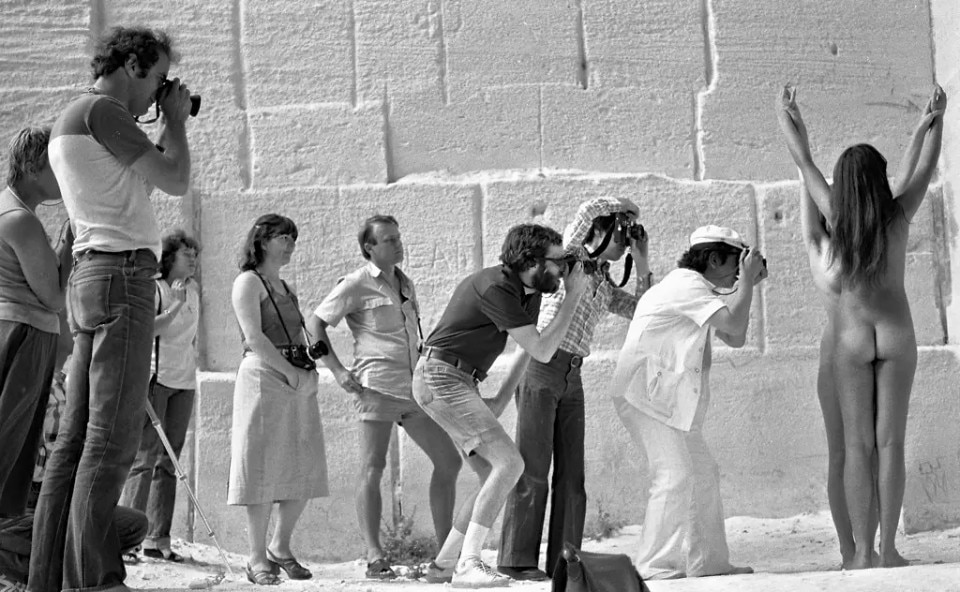
Ansel Adams, Manuel Álvarez Bravo, Henri Cartier-Bresson, Robert Doisneau, Don McCullin, Gisèle Freund, André Kertész, Josef Koudelka, Sergio Larrain, and later photographers from the following generation such as Sophie Calle, Thibaut Cuisset, Alain Fleischer, Gao Bo, Nan Goldin, Françoise Huguier, Annette Messager, Martin Parr, and Sophie Ristelhueber have all passed through here.
In a world saturated with images, it has become essential to learn to look elsewhere and differently at times, to delve into the depths of a common place and the nuances of its history
Rachida Dati, Minister of Culture
A major event for research and training, open to both specialists and enthusiasts, which presents a unique and still successful formula. The 2023 edition saw around 145,000 visitors, and the 2024 edition promises to do just as well, with public subsidies constituting only 27% of a budget of 7.45 million euros and ticket sales representing 39% of the revenue (to which must be added productions, co-productions, and sponsorships).
Photographers, artists, and curators reveal their visions, their stories, and those of our humanity—sometimes conflicted, in perpetual redefinition, resilient, or visionary
Christoph Wiesner, Director of the festival since 2020, explains that these are stories told through images, creating a dense agenda consisting of more than 40 exhibitions.
Here are the ones not to miss:
1) Sophie Calle, Finir en beauté, Criptoportiques
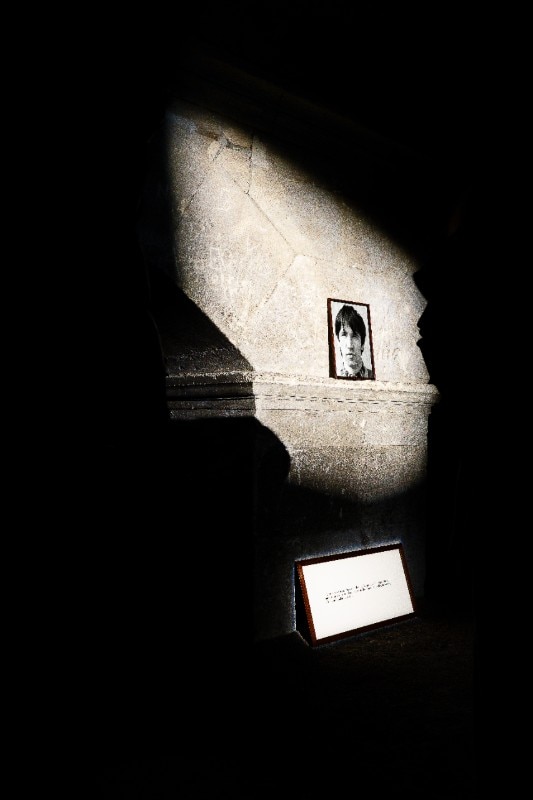
Just before the opening of the major exhibition “À toi de faire, ma mignonne” at the Musée Picasso in Paris, a storm damaged the artist's storage, and mold ruined “The Blind”, one of the series that was to be displayed. Ignoring the conservators' advice, Sophie Calle decided not to discard the series, which was so important to her career and now unfortunately irreparably damaged by spores. Instead, she chose to bury it in the underground galleries of Arles, which had damaged the work of other photographers the previous year due to humidity. The exhibition is the last chance to bid farewell to the series that made the artist famous before it disintegrates, becoming forever part of the foundations of the city of Arles: texts and photographs recount the last image etched in the memory of a group of blind people.
2) Mary Ellen Mark, Encounters, Espace Van Gogh
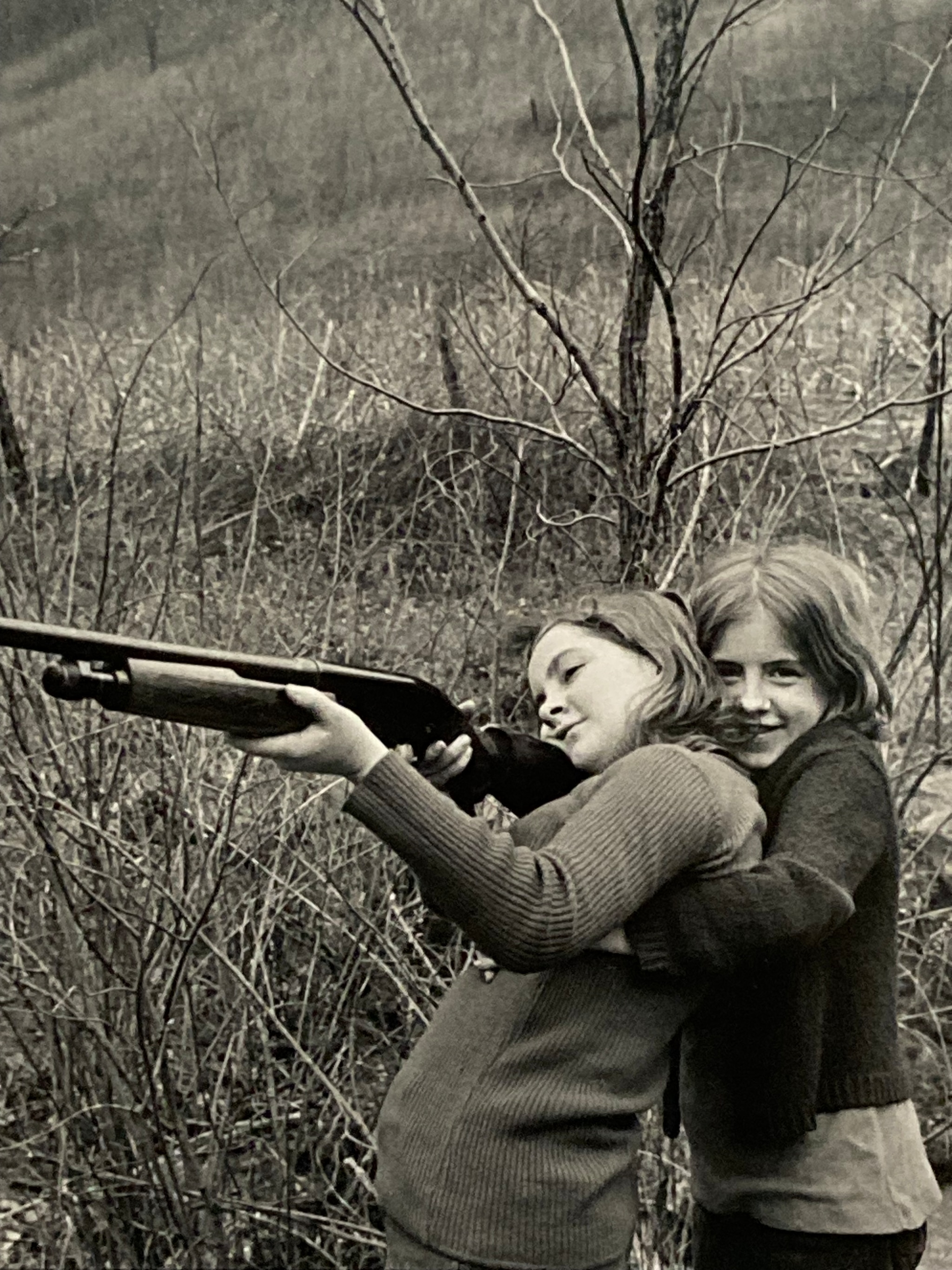
Among the highlights of this edition is undoubtedly the first global retrospective dedicated to the American portraitist Mary Ellen Mark. Titled “Encounters”, the exhibition gathers five of her most famous projects: from her work on women interned at the Oregon State Hospital to the street children of Seattle, the prostitutes of Mumbai, the needy assisted by Mother Teresa, and the families of the traveling circus in India. A collection of iconic shots, archival materials, contact prints, personal notes, and official correspondence showcase the photographer's incredible ability to connect and establish intimate relationships with her subjects, whom she often returned to photograph years later.
3) Bruce Eesly, Le fermier du futur [New Farmer], Croisiere
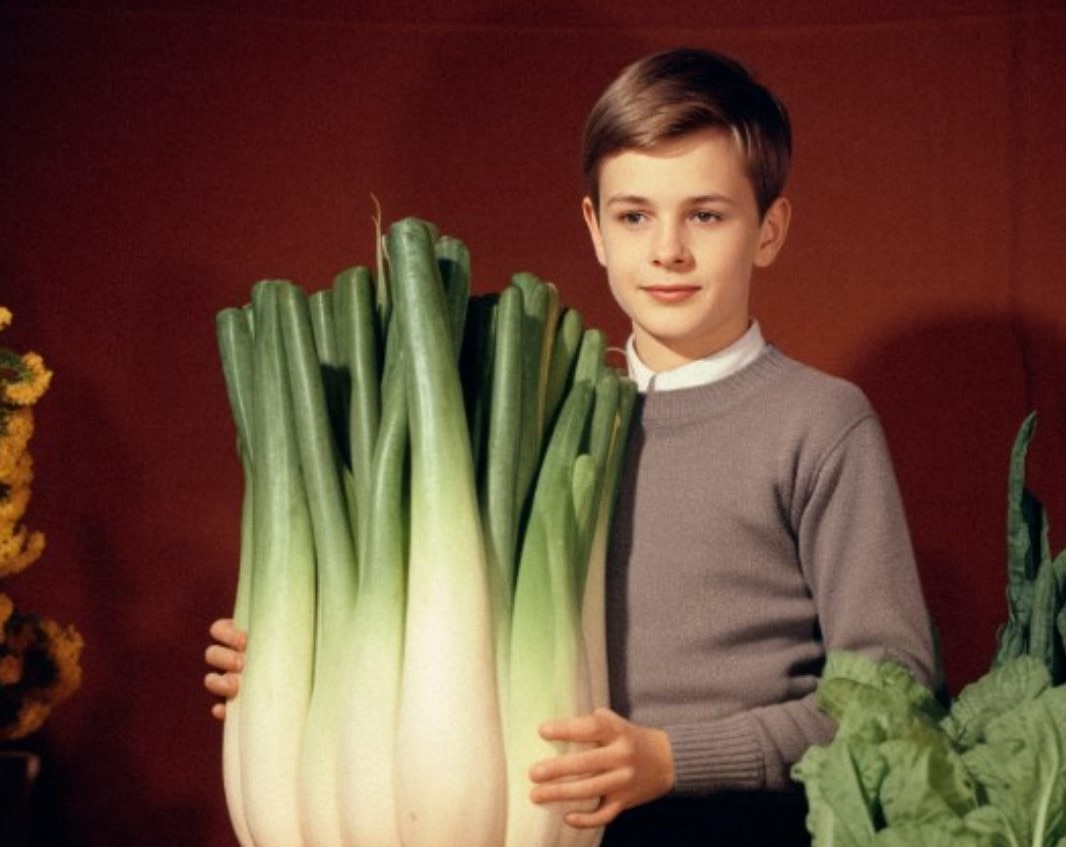
"New Farmer" presents itself as a collection of documentary photographs from the 1960s that celebrate the success of the Green Revolution. Genetic manipulation is depicted as a cultural and scientific triumph: it has led us to enjoy new crop varieties, higher yields, and better vegetables. Men in suits and ties meticulously select the best seeds, measure the height of wheat stalks, and study the most promising agricultural species. Photograph after photograph, artist Bruce Eesly pushes this idyllic green narrative beyond the limits of credibility: fennel grows as large as a child, broccoli as big as a house, and agricultural industries fall victim to explosions caused by vegetables. A whirlwind of reality and fiction culminates in the revelation that the entire series of photographs is generated by artificial intelligence.
4) Rajesh Vora, Everyday Baroque (2014-2019), Maison des peintres

Rajesh Vora began photographing the sculptural objects that adorn the rooftops of homes in the interior of Punjab in 2014. Starting in the late 1970s, what are known as NRIs (Non-Resident Indians) began building homes in their native villages, incorporating the local landscape with colorful sculptural structures that reflect their interests and identity. These are semi-abandoned homes, which remain closed for most of the year. The array of ornaments such as tanks, weightlifters, heroes, soccer balls, lotus flowers, cars, and airplanes on their roofs represents the succession of ownership and thus the failures and successes of the owning families. Vora traveled over 6,000 kilometers across Punjab to photograph this unique cultural and sociological phenomenon.
5) Randa Mirza, Beirutopia, Maison des peintres
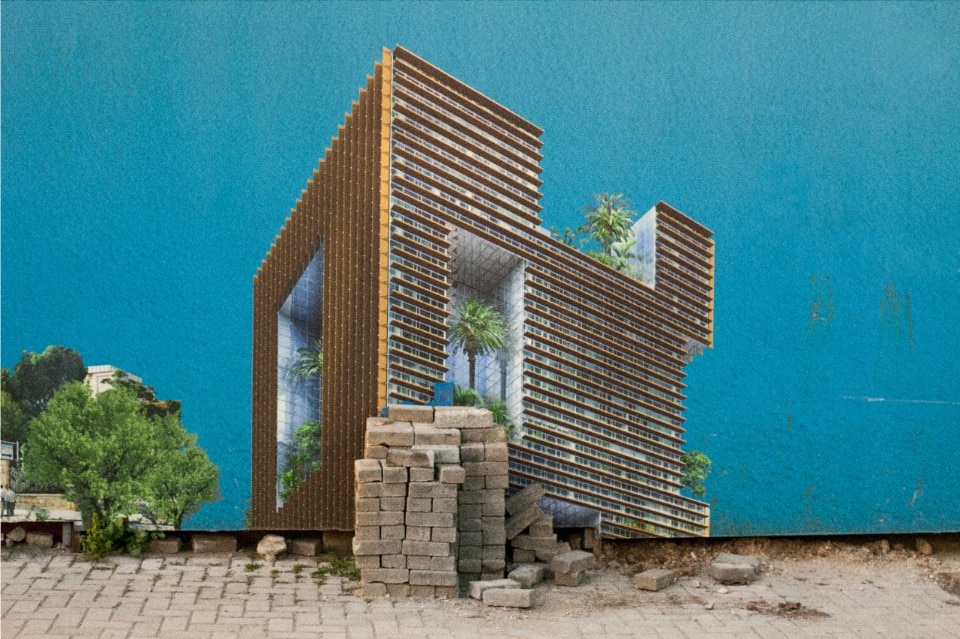
Randa Mirza's solo exhibition examines the brutal transformation of Beirut in the post-war period through seven works produced between 2000 and 2022. A visual essay that starts from the artist's personal experience and extends to the city: Beirutopia, the work that gives the exhibition its name, denounces the post-war reconstruction policies and the erasure of urban identity. The future Beirut, simulated and depicted in real estate agency billboards, is an illusory city, a rendering created to remain as such, much like the dream of a standardized lifestyle, luxury, well-being, and comfort. It is a premonition of the political, financial, and social crisis that Lebanon is currently experiencing.
Opening image: Mary Ellen Mark. Feminist demonstration, New York City, 1970. Courtesy of The Mary Ellen Mark Foundation / Howard Greenberg Gallery.
- Exhibition:
- Les Rencontres de la photographie
- Place:
- Arles
- Dates:
- until September 29, 2024

